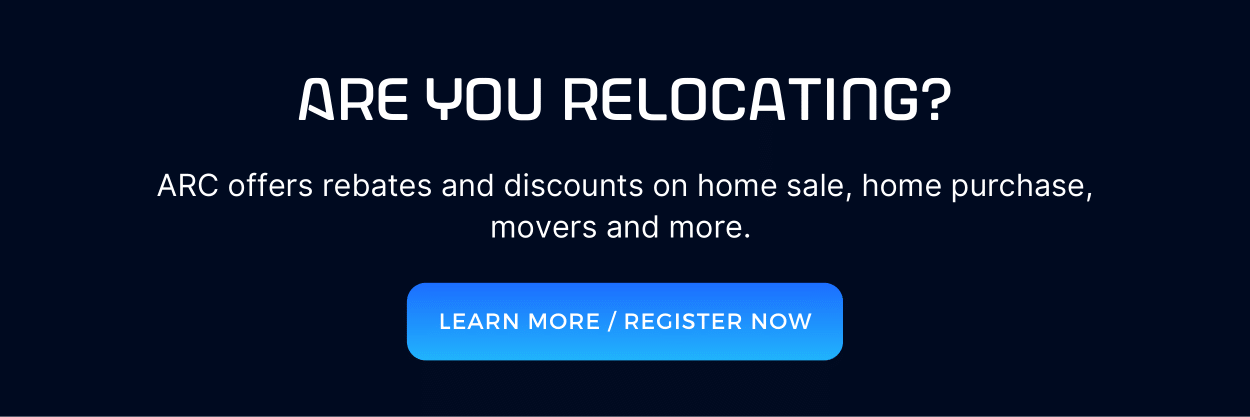How to Avoid Closing Costs When Purchasing a Home

Closing on a home purchase brings excitement as you get the keys and make the house officially yours. But it also comes with closing costs – a final financial hurdle that can total thousands of dollars.
As a buyer, closing costs typically range from 2-5% of the total purchase price. On a $300,000 home, expect to pay $6,000-$15,000 in various fees at closing.
What exactly are closing costs and why do you have to pay them? Here’s a quick overview before we dive into ways to reduce these pesky fees.
What Are Closing Costs?
Closing costs are upfront fees charged to facilitate the real estate transaction. They cover services provided by lenders, attorneys, title companies, appraisers, inspectors, and more.
Buyer-paid closing costs include:
- Origination, application, underwriting, and processing fees from lenders
- Title insurance premiums
- Escrow deposits for taxes and insurance
- Home inspection and appraisal fees
- Attorney fees
- Recording fees
- Transfer taxes
Sellers also pay closing fees like the real estate commission, though buyers take on the bulk of costs.
Why Do You Have to Pay Closing Costs?
You pay closing costs because many associated services are legally required for the purchase. Costs like title insurance and escrow ensure a smooth, secure home closing and protect your investment.
Other fees compensate the professionals who provide services during the transaction. Appraisal and inspection fees pay for property valuation and condition assessments. Attorney fees cover legal counsel to review documents.
While closing costs can be a headache, they do serve necessary purposes in the home buying process. But the good news is you aren’t necessarily stuck paying full price. Here are 10 tips to reduce your closing costs.
1. Shop Around for the Best Mortgage Rates
Closing costs are largely driven by mortgage-related fees charged by lenders. On a $200,000 loan, lender fees can total $2,000-$4,000. Loan origination fees, application fees, underwriting fees, and discount points make up a chunk of this amount.
Shopping mortgage lenders and comparing Loan Estimates is a great way to find the lowest rates and fees. Online lenders like Quicken Loans and loanDepot tend to have lower overhead costs than brick-and-mortar banks, so they can offer more competitive rates and closing costs.
2. Negotiate with the Seller
In competitive markets, sellers may agree to credit the buyer a portion of closing costs to incentivize the sale.
This seller concession usually ranges from 3-6% of the purchase price.
For example, on a $300,000 home, the seller could credit up to $9,000 toward the buyer’s closing costs. This can take a huge bite out of the buyer’s out-of-pocket expenses.
3. Look for Down Payment Assistance Programs
Many state and local governments offer down payment and closing cost assistance to qualifying first-time homebuyers. These programs provide grants, forgivable loans, or low-interest second mortgages to cover down payment and closing costs.
Borrowers using an FHA loan can also receive up to 6% of the mortgage amount from interested third parties like real estate agents, home builders, or non-profit groups.
4. Lower Your Interest Rate with Discount Points
Paying discount points upfront can lower your mortgage interest rate and monthly payments. Though discount points cost 1% of the loan amount per point, they may save you more in interest over the long run.
You can use discount points strategically to get the best rate while keeping cash in hand for closing. Paying 1-2 discount points instead of the full 3-4 could net you a lower rate without draining your funds.

5. Buy During the Off-Season
Home buying activity fluctuates by season, with late spring through early fall being peak periods in most markets. Closing costs and home prices tend to be lower when demand is slower.
Aim to close between November and February to avoid aggressive bidding wars that drive up home prices and closing expenses. You’re also more likely to negotiate closing cost concessions from the seller during cooler markets.
6. Time Your Closing Strategically
Closing at the end of the month allows you to reduce prepaid interest charged by the lender. For example, closing on March 31 means you only pay one day of prepaid interest for March instead of 30 days’ worth.
While the savings are small, every dollar counts when you’re stretching to cover closing costs. Scheduling closing strategically can put a few hundred dollars back in your pocket.
7. Raise Your Down Payment
While a 20% down payment has long been the gold standard, today’s buyers can often get by with as little as 3% down. Paying 20% down reduces your loan amount, which then reduces closing costs tied to the mortgage.
If possible, raising your down payment from 3% to 10-20% of the purchase price will noticeably reduce your closing costs. Just be sure you have enough leftover to cover remaining expenses.
8. Pay Points for Lender Credits
Taking a higher interest rate in exchange for lender credits toward closing costs is another option. You’ll pay more in the long run but have cash freed up to cover immediate closing expenses.
Just don’t go overboard paying points because it can take years for the savings to outweigh the costs. Opt for a small bump in rate, like 0.125-0.25%, to net credits that make an impact without overpaying on interest.
9. Get an Owner’s Title Insurance Policy
When buying a home, you have to purchase lender’s title insurance to protect the mortgage lender. Owner’s title insurance is optional but can be much cheaper when purchased simultaneously.
Bundling the two title insurance policies can save 20-40% off buying them separately. Just remember to specifically request an owner’s policy at closing when paying for title fees.
10. Refinance Your Mortgage After Closing
One option for avoiding high closing costs is taking out a “no-closing cost” mortgage. The catch is that closing costs get rolled into your loan, increasing your interest rate and monthly payment.
To avoid paying long-term for closing costs, plan to refinance once you’ve built enough home equity. You’ll pay new closing costs but should come out ahead if rates are lower by the time you refi.
Get Pre-Approved to Start Strong
Now that you know how to reduce closing costs, get pre-approved with a trusted lender. Pre-approval shows sellers you’re a serious buyer and gives you a sneak peek at estimated closing expenses.
With a pre-approval letter in hand, you’ll know your budget for an offer and closing. That puts you in a great position to negotiate the best deal and creative ways to lower your closing costs.
Get Cash Back with the ARC Realtor Rebate Program
If you want to save even more on closing costs, consider the ARC Realtor Rebate program. ARC has partnered with a large network of real estate agents to offer home buyers cash back at closing.
Here’s how it works:
- Find a real estate agent in your area that participates in the ARC Realtor Rebate program. ARC works with agents nationwide, so you’ll likely find one you want to work with.
- Register for the rebate program through ARC’s website. It only takes a few minutes to complete the sign-up process.
- Work with your ARC agent to buy or sell your home as usual. They’ll guide you through the entire transaction, providing expertise and support.
- After closing, you’ll receive a cash rebate based on a percentage of the agent’s commission. For example, on a $350,000 home with a 3% commission, you may get a $2,000 rebate.
The rebate amounts increase incrementally based on the home’s purchase price. ARC offers some of the most competitive rebates in the industry. You can potentially get over $9,000 cash back on luxury home purchases.
Key benefits of using ARC’s rebate program include:
- Access to a huge network of agents so you can find one you like
- Quick rebate turnaround – usually within 2 days of closing
- ARC will match or beat any other relocation rebate
- No caps on rebate amounts, even on luxury homes
- Save thousands in cash to put toward your closing costs or other expenses
If saving money and getting cash back sounds good to you, be sure to check out ARC’s Realtor Rebate program. It’s a great way to reduce your closing costs and get expert guidance during your relocation or home purchase.
Buying a Home Still Requires Planning
Even with these closing cost-saving tips, purchasing a home has upfront expenses. Be sure you’ve budgeted properly and started saving for your down payment well in advance.
ARC’s relocation assistance programs and moving services can also help you financially prepare for a big move. We provide guidance and options for shipping household goods during your relocation.
With smart planning and preparation, you can achieve your homeownership dreams without breaking the bank on closing costs. Don’t let the fees derail your goals – instead, arm yourself with strategies to save and get the keys to your new home.
